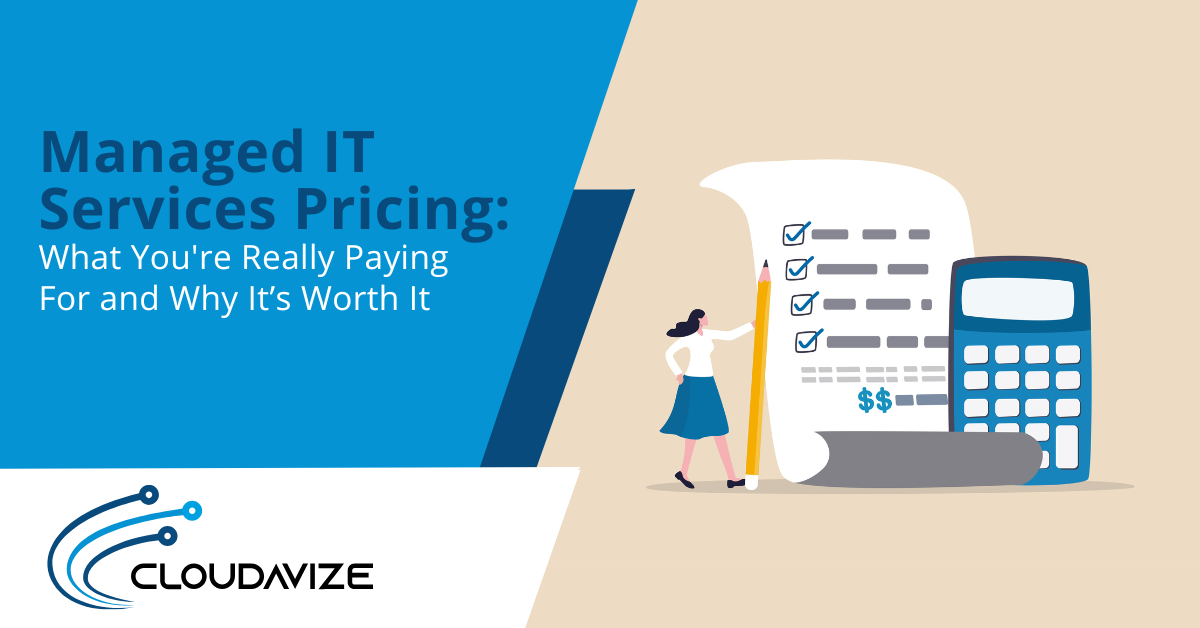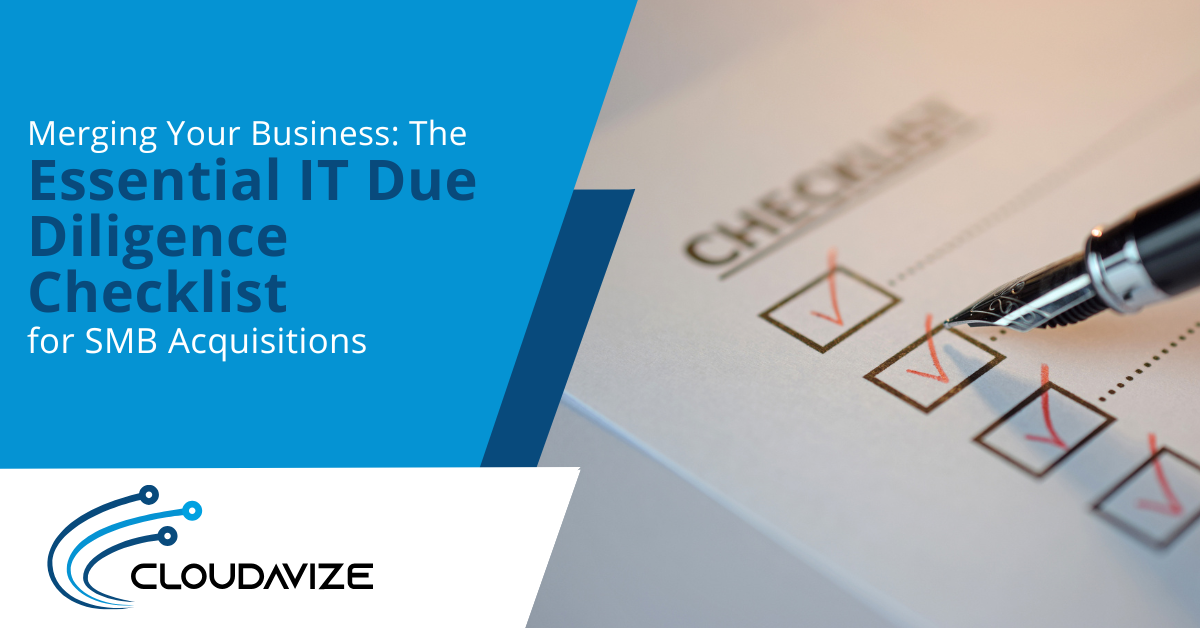Price is the first thought that comes to your mind when you hear about managed IT services. With cybersecurity, hybrid work, and changing technology, IT costs can be overwhelming. No wonder the global managed services market hit $344 billion in 2024, and it’s likely to cross $500 billion by 2028. But we have your back because this guide will show you how pricing works, what drives it, and which model is best for your business. For small business owners who are striving for growth, this will allow you to make smart decisions that save you time and money. Table of Contents Managed IT services are like having an extra pair of hands that are smart, reliable, and constantly working to keep things smooth. No need to bring in a whole department to manage IT, just hire a service provider to handle things for you. Network maintenance Cybersecurity monitoring Cloud setup and support Hardware updates Help desk support They’re not just fixing problems as they pop up—they’re helping you avoid them in the first place. And that’s a game-changer for growing companies. Managed IT services come in different packages, depending on what you need. Here are the most common pricing models you’ll run into. You pay a subscription fee, which gives you access to a set of services. This is great if you want steady support without surprise costs. This is like a menu that provides small, medium, and large options. The higher the option, the better the service. This means you get more services like security, strategic IT management, and around-the-clock support as you go up. This charges you based on the number of users and devices it needs to support. If you have a team of 20 employees with one laptop each, your cost depends on that. As your team grows, it is flexible. Only need help with a few things? This option gives you control over which services you need, and you only pay for those. This is perfect for specific projects or temporary needs, but can get expensive if your list grows. This one’s a little different. You will only be charged based on the results it delivers. Including better performance, tough security, or reduced cloud. The main goal is outcomes here, not tasks. Just want someone to monitor your systems and alert you when something looks off? Monitoring-only plans give you basic support, usually at a lower monthly rate. These are good if you already have an in-house IT person. There’s no one-size-fits-all answer when it comes to managed IT services. Here’s what typically drives the cost up or down. Service scope- The more services you want—from cybersecurity to help desk—the higher the price. System size- A small office with 10 devices will cost less than a national team spread across offices and cloud networks. Support levels- Want lightning-fast responses or 24/7 coverage? That extra reliability comes at a cost. Tool requirements- Some tools or platforms come with third-party licensing fees. Contract length- Long-term agreements often include discounts since providers can count on steady work. Special requirements- Need help with a specific regulation, industry, or software? That customization adds up. Depending on your provider and plan, here’s what’s typically included. Your systems are constantly being checked for issues before they turn into problems. Firewalls, anti-virus protection, threat detection, and regular security audits all rolled into one package. They’ll monitor, maintain, and update your entire tech stack from servers to cloud platforms. Whether you’re using AWS, Microsoft Azure, or a private cloud, your setup is optimized, secured, and scalable. When someone forgets their password—or something crashes—your team has someone to call (and it’s not you at 2 am). Every laptop, tablet, and phone connected to your network is secured, updated, and protected from threats. Managed IT services come with a monthly bill, yet they cut time, cut costs, and ease headaches. You gain around-the-clock data protection, fewer outages, seasoned help, and efficient scaling for a set price. No wonder more than 60 percent of U.S. firms lean on them. Want to get the most out of it? Throughout the selection process, record clear objectives. Decide whether you seek tighter security, quick response, or productive daily work. Ask how the team plans for your growth, because needs will shift. Read the security protocols; standards matter. Price is always a factor, yet the lowest bid may skimp on protection or expertise. Remember, you are handing over your entire digital backbone, so pick quality and reliability first. Managed IT services do not exist solely for Fortune 500 giants. They suit any firm that would rather chase new clients than scramble over tech glitches. Rates vary, but when the service clicks, the benefits will usually outweigh the price you paid. The right IT partner, like Cloudavize, will not just fix problems but help you avoid them entirely. So, if your team is spending more time troubleshooting than working, it might be time to look into a managed solution that just makes life easier. Contact us today to guarantee efficient and continuous business operations.What Are Managed IT Services?
How Are Managed IT Services Priced?
1. Flat-Rate Pricing
2. Tiered Pricing
3. Per-User or Per-Device Pricing
4. On-Demand
5. Value-Based Pricing
6. Monitoring-Only Services
What Impacts the Price?
What Do Managed IT Services Actually Cover?
Network Monitoring
Cybersecurity Support
IT Infrastructure Management
Cloud Services
Help Desk Support
Endpoint Security
Why It’s Worth the Investment
Is It Time to Rethink Your IT Strategy?
Working Hours
| Monday : | 8 AM - 6 PM |
|---|---|
| Tuesday : | 8 AM - 6 PM |
| Wednesday: | 8 AM - 6 PM |
| Thursday : | 8 AM - 6 PM |
| Friday : | 8 AM - 6 PM |
| Saturday : | Closed |
| Sunday : | Closed |



